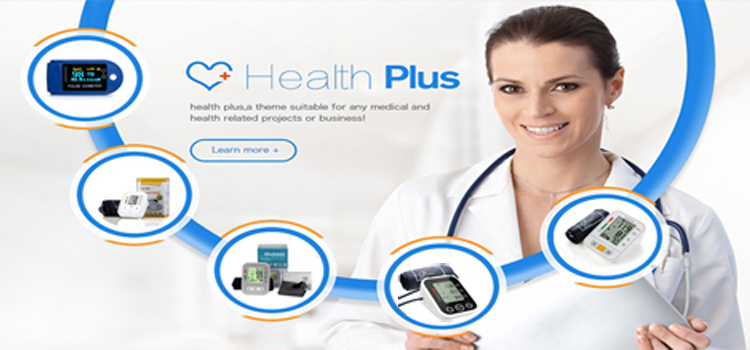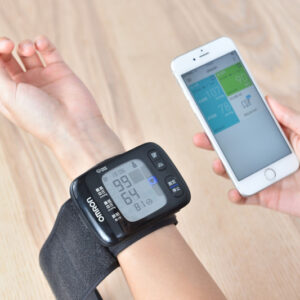
For home blood pressure monitoring, it is recommended that the sphygmomanometer be relatively fixed. The reason is that there are small differences between different sphygmomanometers, and a fixed sphygmomanometer is beneficial to compare and evaluate the efficacy of drugs before and after. If a worker wants to do a good job, he must first sharpen his tools.
How to choose a blood pressure monitor?
1. Electronic sphygmomanometer or mercury sphygmomanometer?
The mercury sphygmomanometer is cheap and easy to use, and the blood pressure value is judged by the sound of the stethoscope. However, it is not easy to master standard auscultation methods, and mercury pollution is also difficult to solve, so the elimination of mercury sphygmomanometers is an inevitable trend.
The principle of electronic sphygmomanometer is oscillometric method, which is easy to use and can effectively help diagnosis and treatment under the premise of reliable product quality and correct operation.
2. Upper arm sphygmomanometer or wrist sphygmomanometer?
An upper arm sphygmomanometer should be used. Wrist sphygmomanometers or finger sphygmomanometers are small and convenient, but cannot accurately reflect the aortic pressure, so it is generally not recommended to use them unless there are special circumstances.Using the upper arm sphygmomanometer, keep the midline of the upper arm cuff flush with the level of the right atrium, which corresponds to the mid-sternal segment.
3. How to choose an electronic sphygmomanometer?
Certified to international standards
Choose the right cuff
annual calibration
Use AC power whenever possible
It is better to have the function of storing, printing data and transmitting data remotely
4. How to identify international standard certification?
“Chinese Hypertension Patient Education Guidelines” recommends the use of electronic sphygmomanometers certified by international standards. All guidelines for home monitoring of blood pressure in Europe and the United States make the same requirements. International organization standards include:
American Association for the Advancement of Medical Devices (AAMI)
British Hypertension Society (BHS)
European Society of Hypertension (ESH)
These standards are relatively strict, and as long as commercially available blood pressure monitors pass the certification of one of these standards, they are recommended for purchase.





